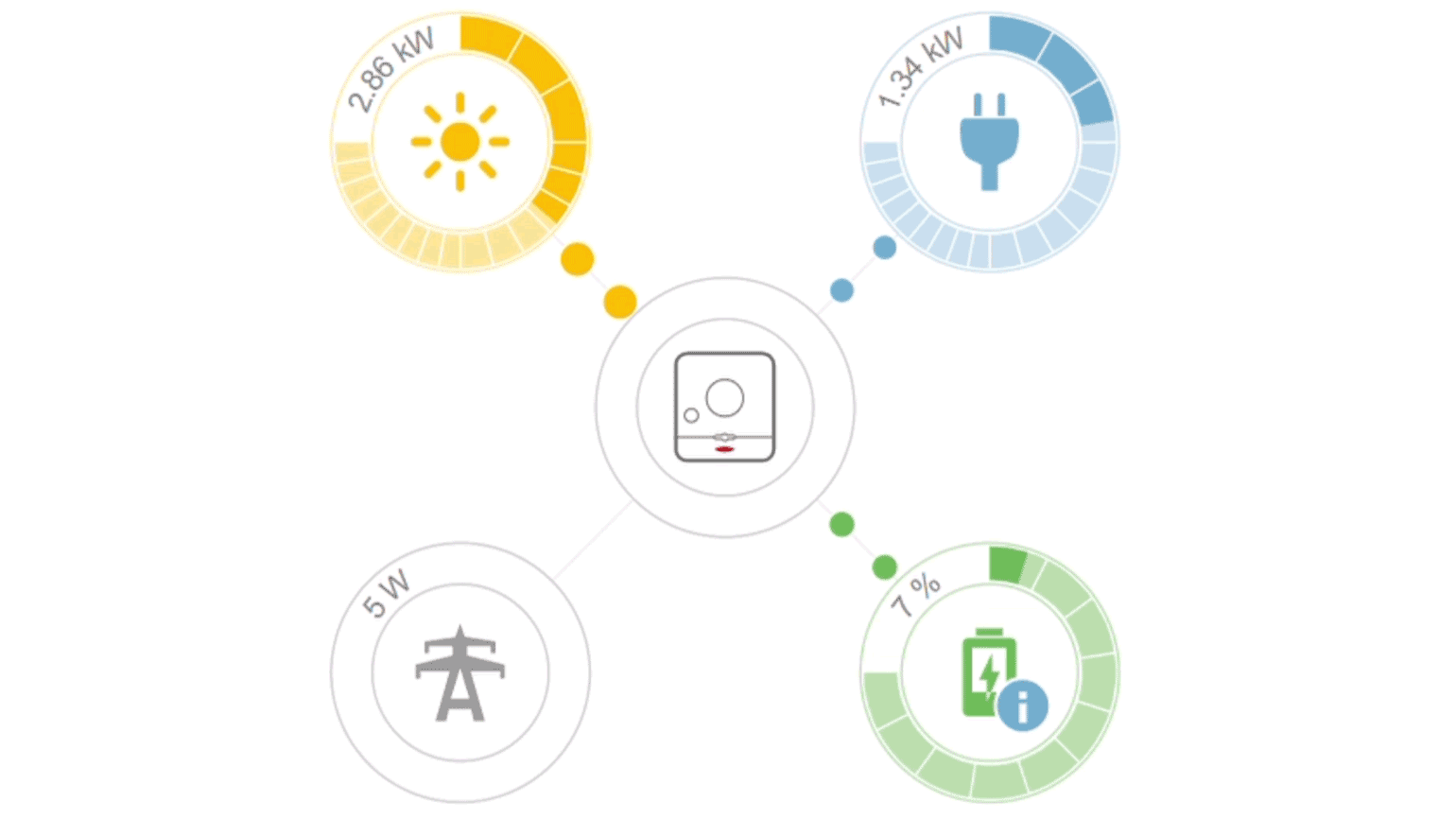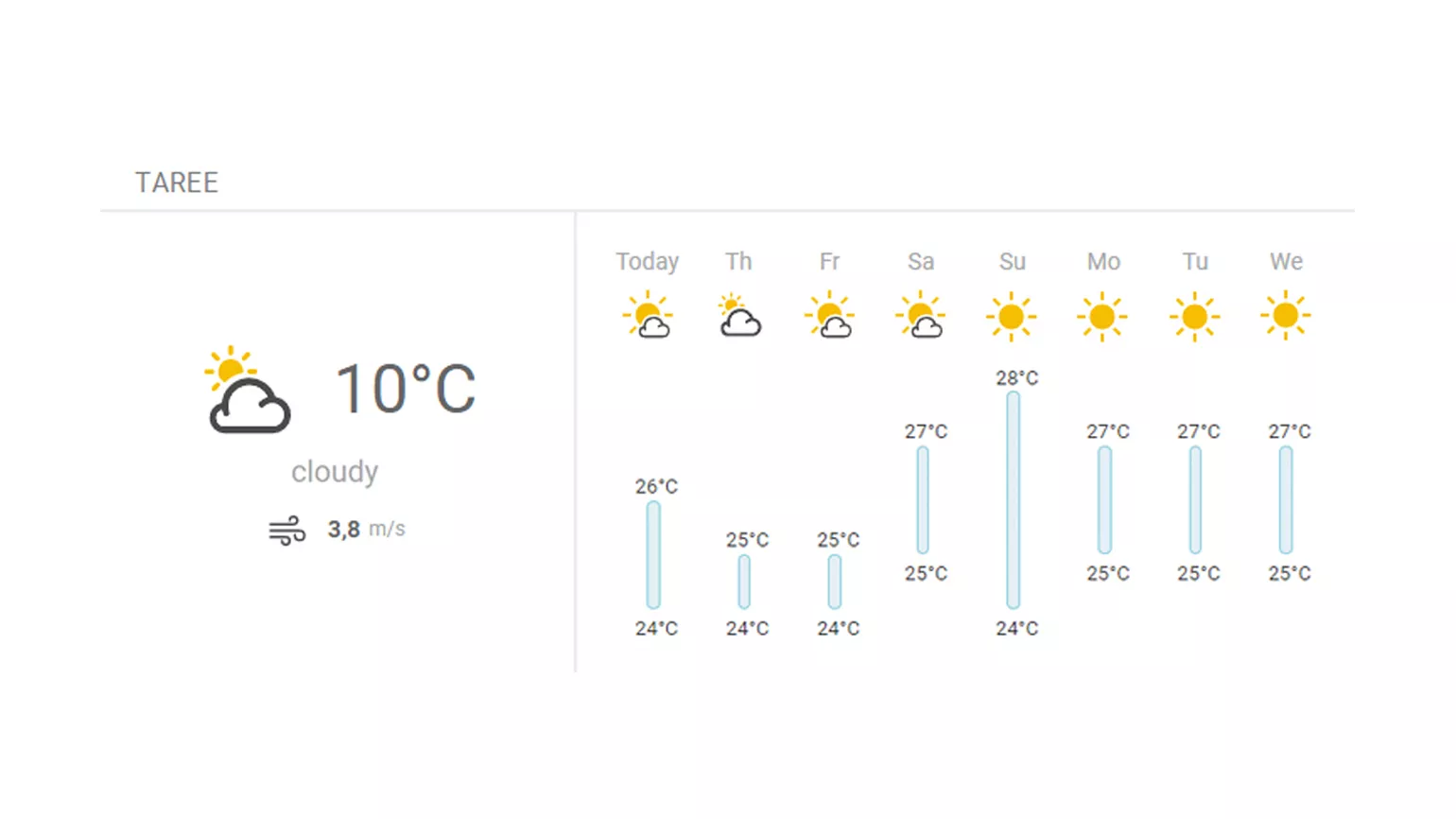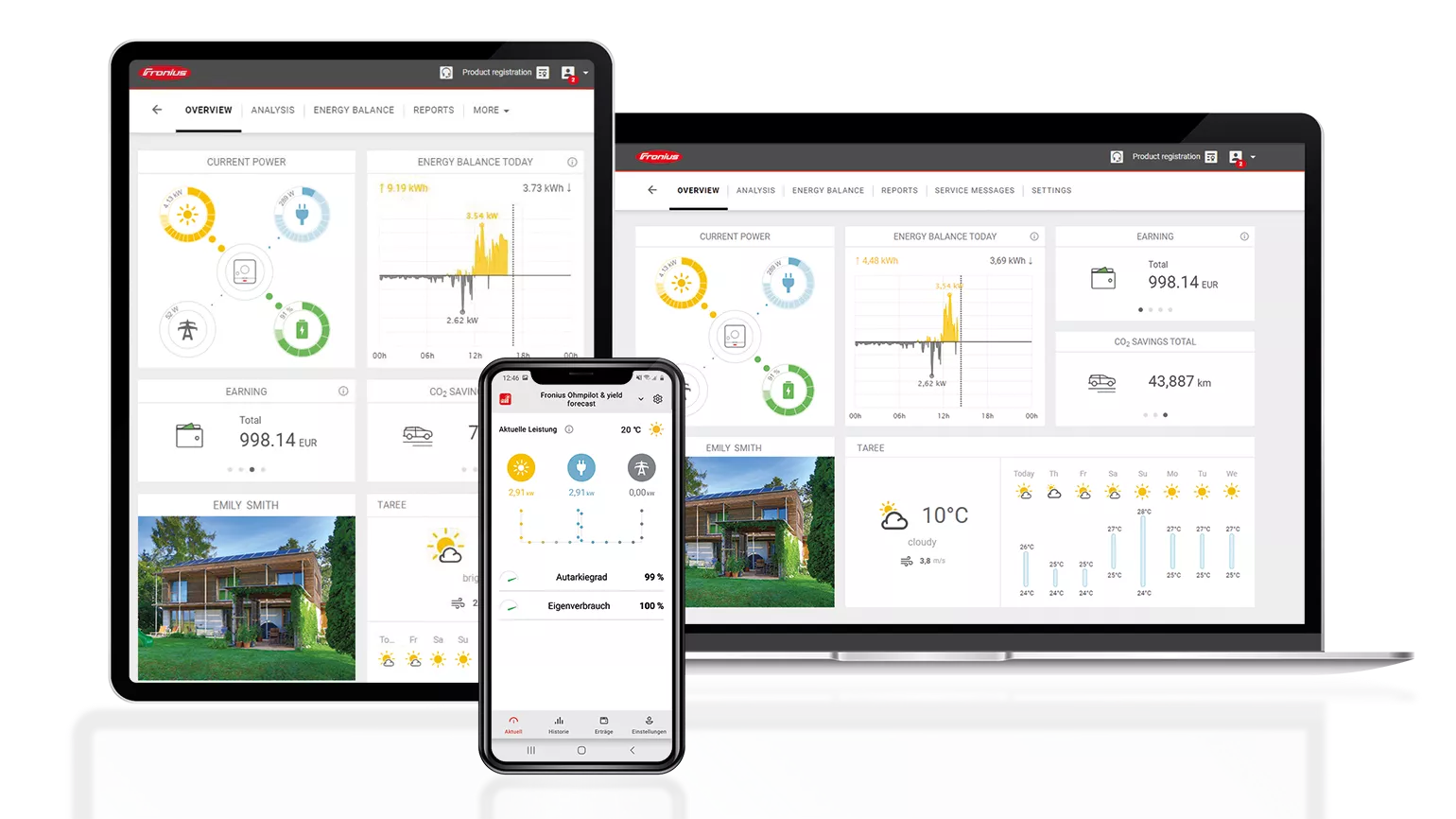Interview: PV Monitoring with Solar.web
Our expert reveals how easy it is to optimise self-consumption
Many PV system owners have no idea how simple it is to get more out of their system. The more of their own solar power they use, the quicker the PV system pays for itself. But how do you increase your self-consumption? We got some tips from PV monitoring expert Thomas Obermüller.
To make their PV system more profitable, PV system owners are always advised to increase their rate of self-consumption. Why is that?
Thomas: Increasing your rate of self-consumption means using the power you generate with your photovoltaic system yourself instead of feeding it into the grid. In most countries you get less for the energy that you provide to the grid than for the power you have to pay for from the grid.
So, if you can cover your energy requirements with the solar power you generate yourself, you will save money. This in turn means that the PV system pays for itself faster.
How do you optimise your self-consumption?
Thomas: Ideally, try and consume energy when a lot of it is being produced. You can do this by using an integrated energy management function in the inverter to control smart electrical devices, for example. Alternatively, certain appliances like tumble dryers, washing machines or dishwashers can easily be switched on using a timer.

With the Solar.web PV monitoring tool you can see at a glance on the energy flow display whether any excess energy is being produced, and electricity is therefore being fed into the grid, and loads can be activated accordingly.
Is it time-consuming to monitor and analyse your PV system?
Thomas: Not at all! The installer makes sure that the system is registered and online during commissioning, allowing you to monitor it 24/7 at www.solarweb.com.
You have a clear view of the current energy flows and can see how high the daily consumption was in your home and when power was being drawn from the grid. You can also see when power was being fed into the grid, as no loads were switched on at that time.
What data should system owners always monitor and why?
Thomas: The most important thing in my opinion is the energy flow display on the homepage. That’s where you get a simple overview of the energy flows in the home, which helps you to optimise self-consumption and therefore save money.
The production view is also helpful as it shows you that your PV system is working and how much energy it is providing at that time. If the system develops an error, Solar.web informs you via SMS or e-mail. You can either save your own contact details for this or those of the installer if you prefer.
I also think it’s important to keep an eye on the energy balance. There you can see the energy consumption per day, month, year or over the entire lifetime of the system. This enables you to compare whether you are using more power than usual and track down potentially faulty devices, which cause more electricity to be consumed.

So Solar.web can do much more than just illustrate the system output. When was the platform launched?
Thomas: Solar.web is one of the oldest software products from Fronius. There were some forerunners previously, but it has been known as Solar.web since 2010. Since then we have performed a few facelifts, improved the graphics and regularly updated the technology on the platform, as well as adapted it to meet international security standards.
I’ve also been working on it since pretty much the beginning, and you could say Solar.web is my baby! (laughs)
Even back then I was fascinated by the topic, as it was clear to me that digitisation would play an ever-increasing role in our lives. I foresaw that everything would become quicker, more digital and more mobile and therefore saw software as a very exciting field.
Do you have a favourite feature in Solar.web?
Thomas: I find the weather widget particularly fascinating, as it can show me a rough estimate of my PV yields for the following day. This enables me to switch on electrical appliances that use a lot of power in a more targeted manner and therefore save money. For example, it often doesn’t matter whether I do my laundry today or tomorrow. So, if the sun is going to shine tomorrow, I’d rather use my own solar power for it.
What other benefits can Solar.web users expect?
Thomas: A new feature in Solar.web is being able to determine how an integrated storage unit or water heating would change the rate of self-consumption based on your PV system data. This is a simple way to reveal the unused potential of the system.
Aside from the many practical functions, registered users get the added bonus of a free warranty extension, which can be acquired on Solar.web itself.

As a PV system owner, how do you get Solar.web?
Thomas: You need to have an installed PV system with an inverter that is connected to the Internet and sends data to Solar.web, and you need a Smart Meter.
The only other thing required is a device you can access the Internet on. This doesn’t have to be a PC; a smartphone that you can use to log into www.solarweb.com with your login credentials is also sufficient. And you can also use the Solar.web app to access the tool.
Are there different versions for varying requirements?
Thomas: Solar.web Premium is available for anyone who wants to know even more precise information. Compared to the basic tool, it gives you even more detailed insights into production and consumption data and provides a PV production forecast for the coming days.




